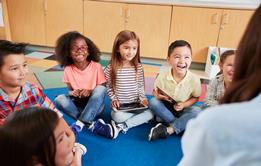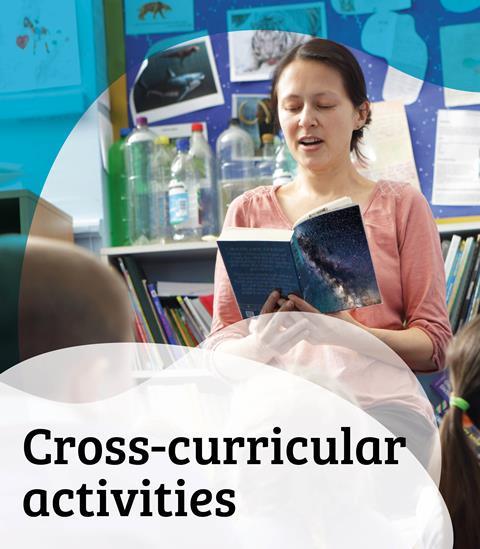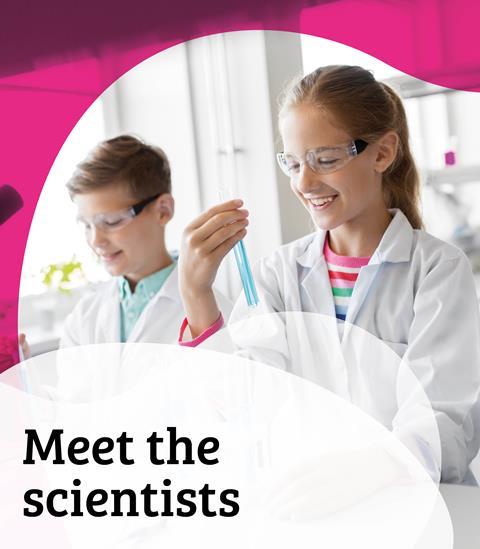Learn about dissolving and chemical changes with this short podcast
Produced by FunKids Radio and the RSC, this short snippet uses Kareena and her superhero friend K-Mistry to introduce children to dissolving and chemical changes in the context of jelly.
This podcasts can be used as a ’hook’ when introducing the topic to your students, or at the end of a lesson to stimulate discussion about what they have learnt.
If you teach primary science, see the headings below to find out how to use this resource:
Skill development
Children will develop their working scientifically skills by:
- Selecting and planning the most appropriate ways to answer science questions, recognising and controlling variables where necessary, including:
- Carrying out comparative and fair tests.
- Using appropriate scientific language and ideas to explain, evaluate and communicate their findings.
- Drawing conclusions and raising further questions that could be investigated, based on their data and observations.
Learning outcomes
Children will:
- Compare and group materials together according to whether they are solids, liquids or gases.
- Demonstrate that dissolving, mixing and changes of state are reversible changes.
- Explain that some changes result in the formation of new materials, and that this kind of change is not usually reversible.
Concepts supported
Children will learn:
- In simple terms, what happens during the process of dissolving.
- That when a chemical reaction occurs new products are formed and that these changes are often irreversible.
- What is meant by the terms ‘reversible’ and ‘irreversible change’
Suggested activity use
This activity could be used as a whole class investigation, with different groups of children investigating different fruits and their effects on the setting of jelly.
It could also be used as a stimulus to look at variables affecting the rate at which jelly cubes dissolve, for example: the liquid being used; the colour of the jelly; the sizes of cubes used; whether the liquid is stirred; and the temperature of the liquid.
Practical considerations
You will need a variety of different equipment and ingredients to carry out the activity, such as a range of fresh and tinned fruit and a food processor to prepare the fruit. If you or the children decide to investigate the effect of temperature on dissolving, you will need heating and/or cooling facilities.
To understand why different fruits affect the setting of jelly, you will need to provide a clear explanation of what enzymes are and how they work.
Be aware of any allergies to the fruits being investigated.
Downloads
Kitchen K-Mistry - fast facts: jelly
Audio | Other, Size 2.33 mb
Kitchen science podcasts

Use these short podcasts to introduce children to the chemistry all around them in their kitchen.
- 1
- 2
- 3
- 4
- 5
- 6
- 7
- 8
- 9
- 10
- 11
- 12
 Currently
reading
Currently
reading
Jelly
- 14
- 15
- 16
- 17
- 18
- 19
- 20
- 21





















































No comments yet